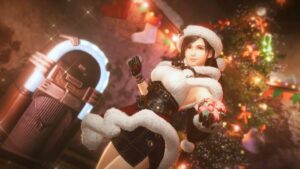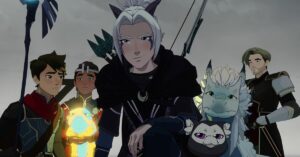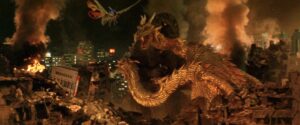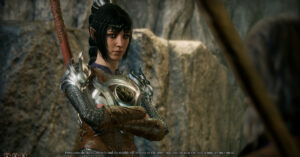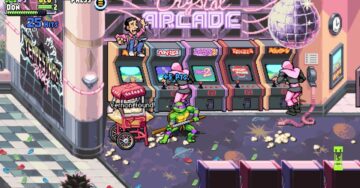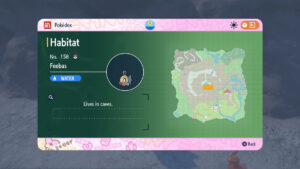Pluto, the long-awaited anime adaptation of Naoki Urasawa’s 2003 manga based on Osamu Tezuka’s Astro Boy, is finally here and it’s amazing. The eight-episode series is a fastidiously faithfull retelling of the original story, following the globe-spanning adventure of a robot detective named Gesicht investigating a mysterious series of killings in a futuristic world where humans and robots live side by side. It’s a genuinely beautiful and engaging series, garnering effusive praise from none other than Hideo Kojima himself, and easily one of the most impressive anime to premiere this year.
Just finished watching the last episode of “Pluto”.
It’s wonderful! This is the soul of Tezuka sensei! Naoki Urasawa’s prayer to carry on his legacy! Mr. Maruyama’s love for the production! The passionate performances of the voice actors! Everything has come to fruition! This is… pic.twitter.com/pPTxoFQPVj— HIDEO_KOJIMA (@HIDEO_KOJIMA_EN) October 30, 2023
While the anime is for the most part a one-to-one adaptation of the manga, there’s one crucial moment in the story whose impact may be lost on audiences only familiar with the anime — and it’s entirely attributable to the gap between the medium of animation and comics.
[Ed. note: Spoilers for the Pluto anime and manga follow.]
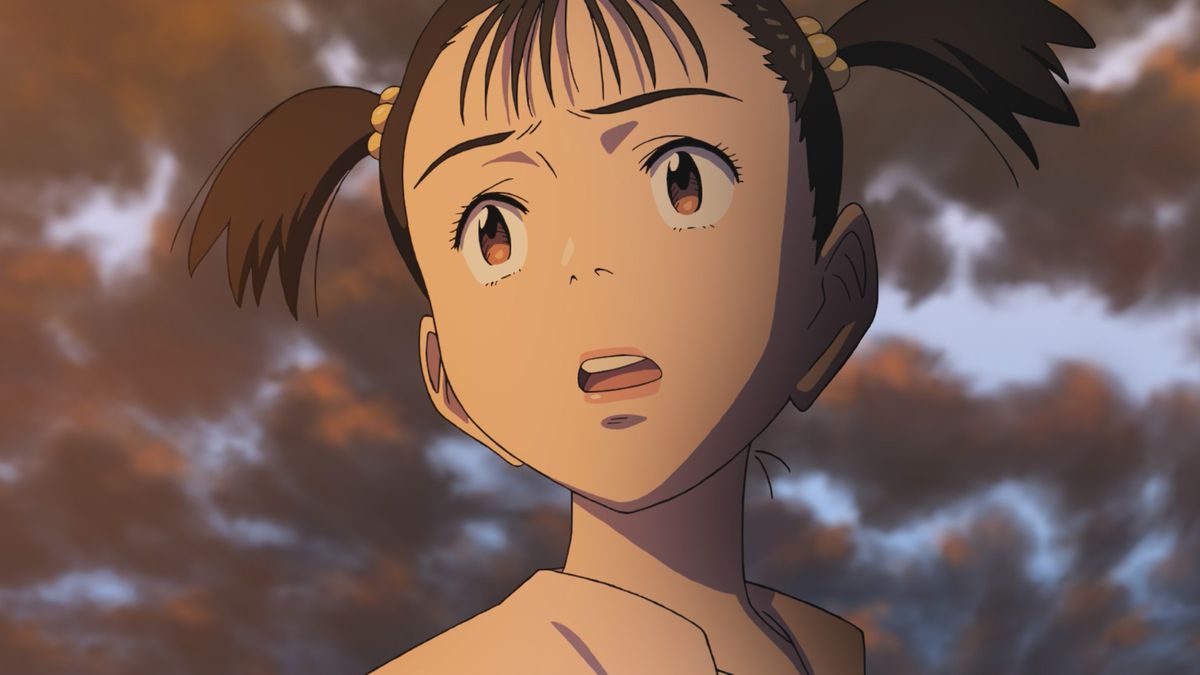
In episode 3, audiences are introduced to Uran, a highly advanced humanoid robot and the “sister” to Pluto’s secondary protagonist, Atom. Equipped with the ability to sense human, animal, and robot emotions, Uran is a mischievous yet kindhearted character who cares deeply for the safety of others (as seen in the episode’s opening scene, when she stubbornly rescues a young boy from a group of lions and tigers without any casualties).
Later in the episode, Uran chooses on a whim to skip school after sensing someone in distress, much to the chagrin of her brother. Wandering under an overpass in a gated-off section of Tokyo, she crosses paths with the source of the anguish: an amnesiac robot slumped beside a canister of black paint. Nursing them back to health, Uran befriends this strange robot, frequently visiting and bringing them new cans of paint to finish the apparent mural they’ve begun. Returning one morning, Uran is greeted with the sight of the robot’s finished creation: a brilliant abstract mural of a field of blossoming flowers.
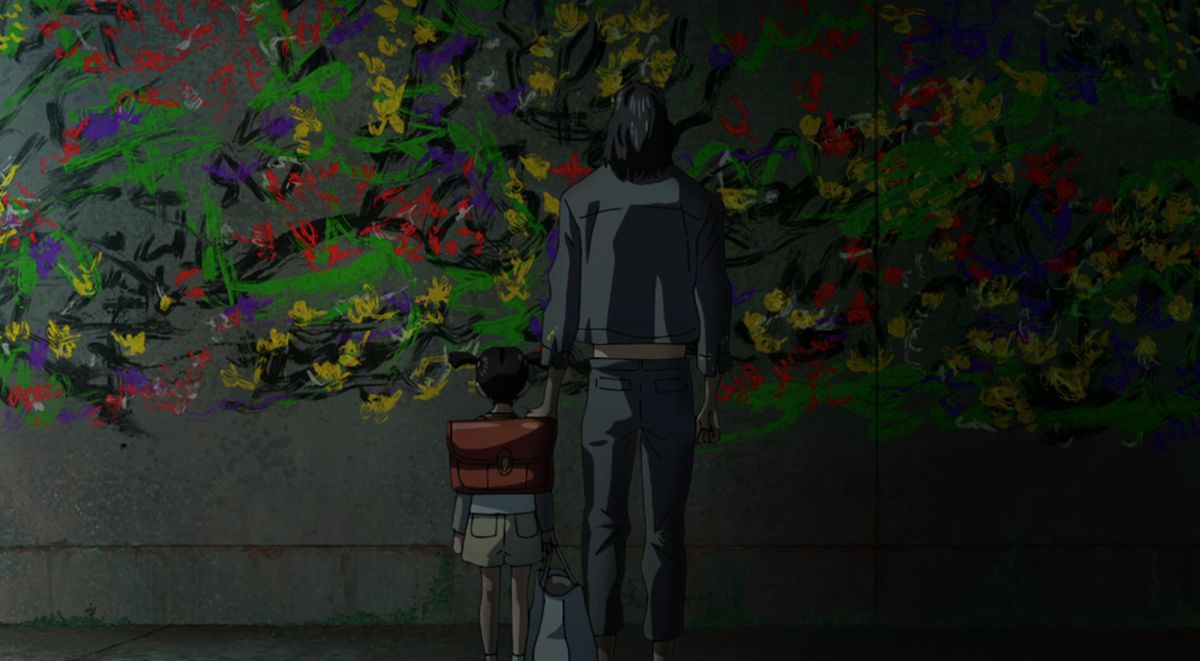
It’s a lovely scene, one that reveals a crucial dimension about this particular character, who, as it turns out, is none other than the mysterious perpetrator behind the rash of murders that have rocked human-robot society. Up until this point in the story, the character of “Pluto” has been something of a cipher, a ruthless assailant in the form of a horned and fanged shadow whose path of carnage coincides with a series of tornadoes that tear asunder everything in their wake. In depicting Pluto this way, as a confused and frightened robot yearning to reconcile his violent purpose with his peaceful demeanor, Urasawa circles the same question that pops up again and again throughout his body of work: What drives a person to do evil? Is it nature, nurture, or something else entirely?
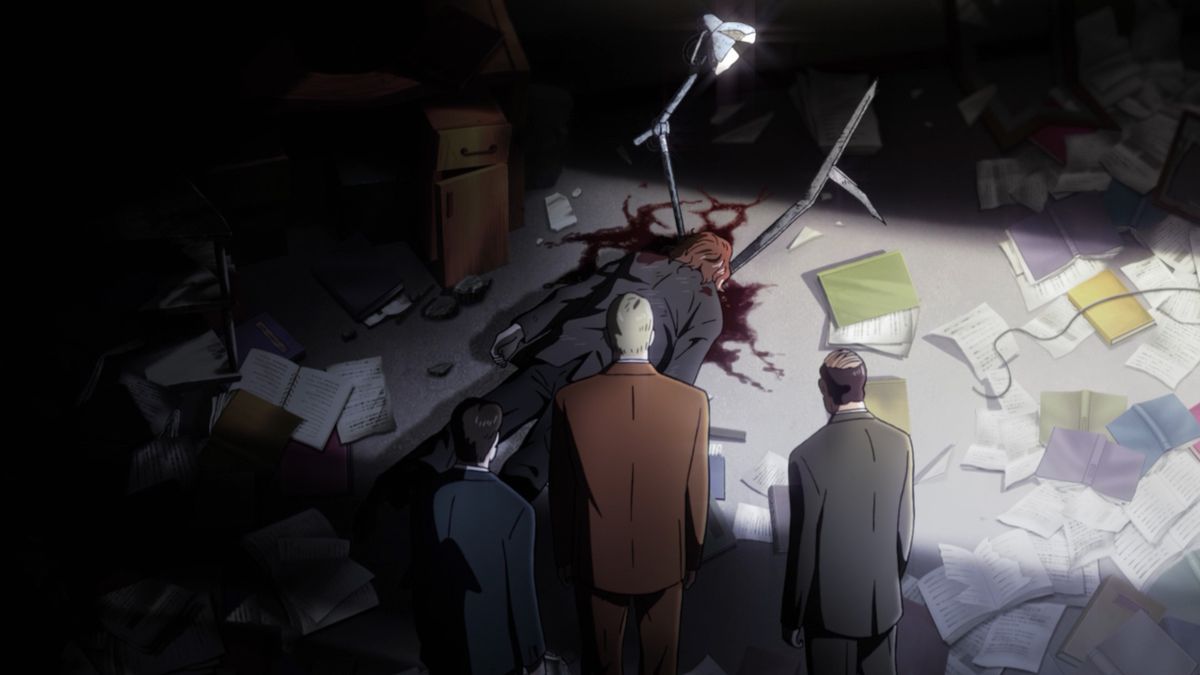
This scene is a faithful rendition of the same moment in the manga, but it loses some of the impact of the original for one crucial reason: It’s one of the few instances of color in Urasawa’s Pluto manga, which, like most other manga, is entirely monochromatic with assorted accents of screentone throughout. When I first read the manga in 2016, I was stunned by this scene; it’s an affecting window into the mind of a character whose outward barbarism and ferocity otherwise belies a quiet interiority of remorse and deeply felt sensitivity toward nature. In the anime, it’s a beautiful scene, no doubt — but in the manga, it feels downright revelatory.
Urasawa’s approach to creating Pluto is a fascinating one, a sophisticated and mature retelling of an influential text that homes in on the heart of what makes all living beings — human or robot — who and what they are. His works are as introspective as they are philosophical, and this quality comes through in his artwork, with character designs and expressions that feel stylistically uniform yet individually indefinable and distinct in their range of emotion. In adapting Urasawa’s manga from page to screen, the Pluto anime succeeds in not only hewing to the overall tone and content of the original story, but in introducing it to a new generation of audiences. It’s a stunning adaptation, particularly when the story shifts from mystery to action with spectacular sequences, like the fight between Gesicht and a human suspect in the first episode or the climactic finale between Pluto and Atom.
There’s obviously something to be said for the specific affordances of comics versus those of animation, but my ultimate point is this: If you love Pluto, don’t just watch the anime; read the manga too. There’s surprises to be had there, different than the ones judiciously translated to the screen. It’s totally worth experiencing the story as it was originally written, and there’s never been a better time to do so.
- SEO Powered Content & PR Distribution. Get Amplified Today.
- PlatoData.Network Vertical Generative Ai. Empower Yourself. Access Here.
- PlatoAiStream. Web3 Intelligence. Knowledge Amplified. Access Here.
- PlatoESG. Carbon, CleanTech, Energy, Environment, Solar, Waste Management. Access Here.
- PlatoHealth. Biotech and Clinical Trials Intelligence. Access Here.
- Source: https://www.polygon.com/23940398/pluto-anime-mural-naoki-urasawa-manga-netflix-flower
- :has
- :is
- :not
- :where
- $UP
- 2016
- 30
- 7
- a
- ability
- About
- ABSTRACT
- Action
- adaptation
- advanced
- Adventure
- affecting
- After
- again
- aka
- All
- alongside
- an
- and
- animal
- animation
- Anime
- any
- apparent
- approach
- ARE
- artwork
- AS
- At
- atom
- audiences
- back
- based
- BE
- beautiful
- been
- begun
- behind
- beings
- Better
- between
- Black
- blossoming
- body
- brilliant
- Bringing
- brother
- but
- by
- carry
- Carry On
- Center
- character
- cipher
- circles
- coincides
- color
- come
- comes
- confused
- content
- Creating
- creation
- Crime
- crucial
- depicting
- designs
- different
- Dimension
- distinct
- distress
- do
- Dont
- doubt
- drives
- easily
- else
- emotion
- emotions
- engaging
- entirely
- episode
- equipped
- Ether (ETH)
- everything
- experiencing
- expressions
- faithful
- familiar
- fascinating
- feel
- felt
- few
- field
- fight
- finale
- Finally
- finish
- First
- flower
- follow
- following
- For
- form
- frequently
- frightened
- from
- front
- futuristic
- gap
- garnering
- generation
- Girl
- greeted
- Group
- had
- Have
- head
- Health
- Heart
- her
- here
- highly
- himself
- his
- Homes
- HTTPS
- human
- Humanoid
- Humans
- i
- if
- Impact
- impressive
- in
- Individually
- Influential
- instances
- into
- introduced
- introducing
- IT
- ITS
- jpg
- just
- Last
- like
- live
- living
- long-awaited
- Loses
- lost
- Lot
- love
- MAKES
- man
- mature
- May..
- medium
- metal
- mind
- moment
- morning
- most
- mr
- much
- mural
- my
- mysterious
- Mystery
- Named
- Nature
- never
- New
- no
- None
- note
- Nursing
- nurture
- of
- officers
- on
- ONE
- ones
- only
- opening
- or
- original
- originally
- Other
- Others
- otherwise
- out
- over
- overall
- page
- paint
- part
- particular
- particularly
- passionate
- path
- performances
- person
- plato
- Plato Data Intelligence
- PlatoData
- plays
- Point
- Police
- Polygon
- Pops
- Premiere
- protagonist
- purpose
- quality
- question
- range
- rash
- Read
- reason
- returning
- Reveals
- robot
- robots
- rocked
- s
- Safety
- Said
- same
- scene
- School
- Screen
- secondary
- Section
- seen
- sense
- Sensitivity
- Series
- Shadow
- she
- Shifts
- side
- Sides
- Sight
- sister
- So
- Society
- some
- Someone
- something
- sophisticated
- Soul
- Source
- specific
- spectacular
- stand
- stands
- sticking
- Story
- strange
- studio
- Stunning
- surprises
- text
- Tezuka
- than
- that
- The
- The Source
- their
- Them
- There.
- they
- this
- this year
- those
- Through
- throughout
- tigers
- time
- to
- tokyo
- TONE
- too
- TOTALLY
- toward
- true
- turns
- two
- ultimate
- under
- until
- Versus
- Voice
- Wake
- was
- Watch
- watching
- Way..
- webp
- What
- when
- which
- WHO
- whose
- window
- with
- without
- Work
- works
- world
- worth
- written
- year
- yet
- you
- young
- zephyrnet


